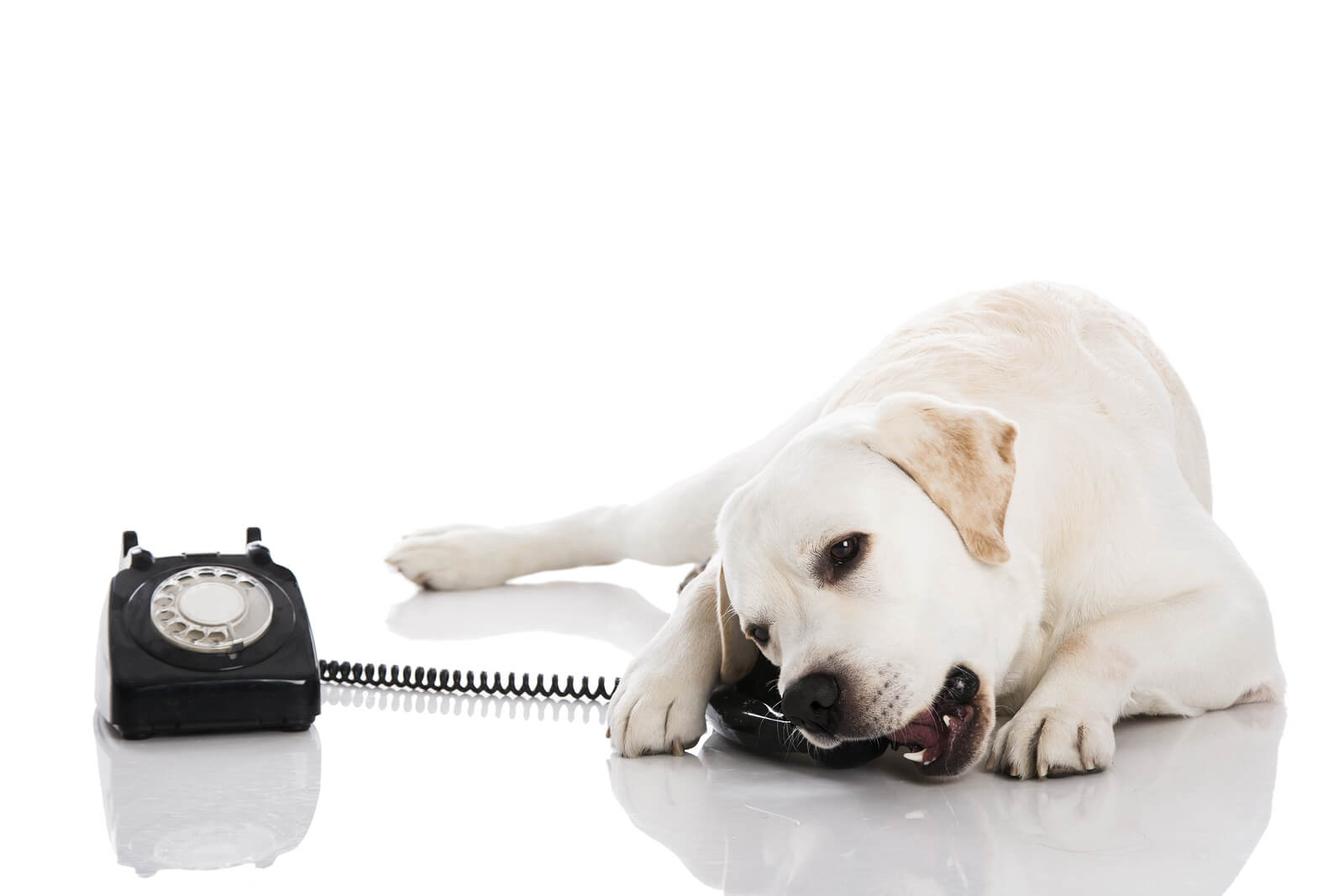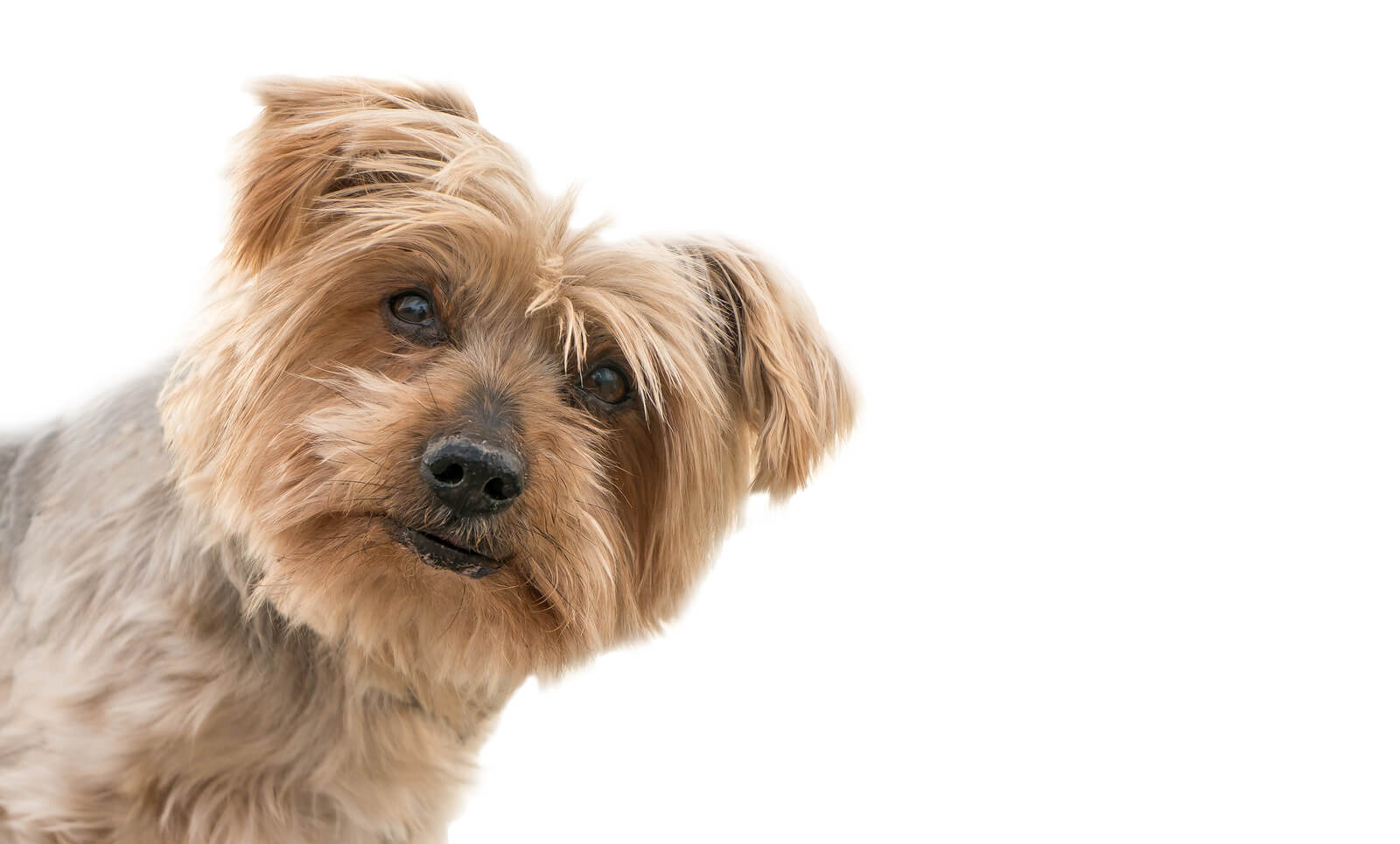Dogs are incredibly emotive creatures, often exuding emotion and energy similar to that of their human mates. But because we don’t speak canine, it’s not always easy to tell what our pups are trying to say. While we can’t teach you to speak dog fluently, follow this guide for help translating your pet’s actions into words:

-
Bringing you a toy or dead animal
While this small action can be cute or rather gross, depending on the item (or creature) brought to you, gift giving is often a display of respect and affection. So fight the urge to recoil in disgust when Fido brings you a dead bird, because this instinctual action probably means that they want only the best for their master.
-
Leaning or putting pressure on you
A dog may lean on its owner or place its head on their body in order to convey a need for attention, love, or encouragement. If your animal is doing this often, try giving them a treat, a good pet, or a walk around the block to show them that they are still an important part of the pack.
-
Eye contact
Unless coupled with a snarl or a bark, consistent eye contact usually means one thing, your animal adores you!
-
Yawning
A big yawn is generally seen as a sign of weakness or submission in a dog pack, so if you see your pet opening wide for a big yawn, it usually means that they feel comfortable enough to share their sleepiness.
-
Placing a paw or snout on you
This is a common signal that your dog wants to be pet or to have some face time. While often very sweet, be careful not to encourage pestering behavior by always rewarding it with a scratch, or this may become an annoying habit.
-
Standing up on hind legs
When your pet pops up onto its hind legs, it’s possible that they are feeling anxious. Whether in need of a potty break or bowl of water, take an upright animal as a signal that something is amiss!
-
Crouching in the presence of other dogs
Sometimes, its difficult to tell whether your dog is interacting positively with other animals. Growling and nibbling can even be innocuous on many occasions. However, if your dog or another animal assumes a crouched position when interacting with another dog, it may be feeling trapped or scared, and thus preparing to spring forward to bite/flee. Do what you can to diffuse the situation quickly and calmly.

All in all each dog is different, and it’s never totally clear what message an animal is trying to convey. Do what you can to get to know your animal through lots of hours spent with them, and you should be an ace interpreter in no time.